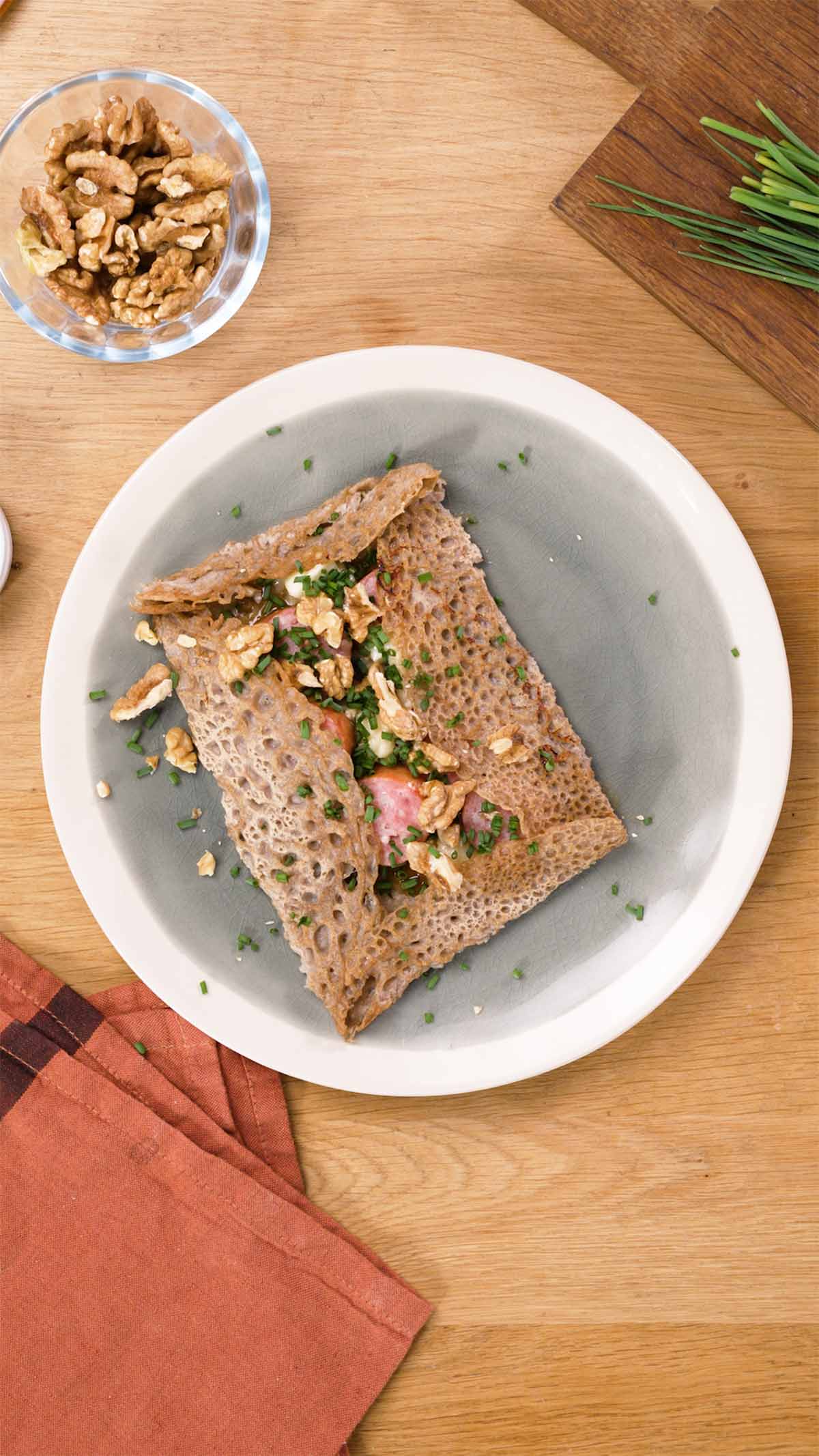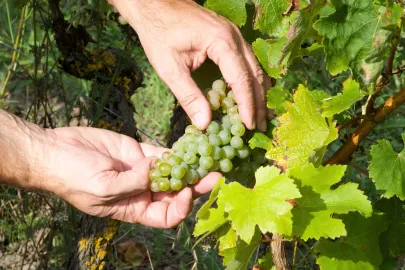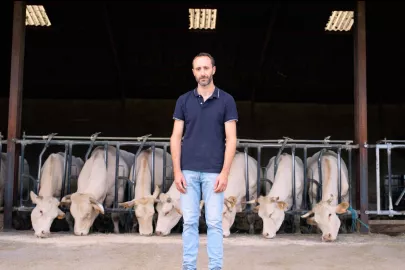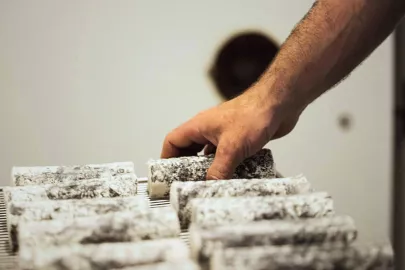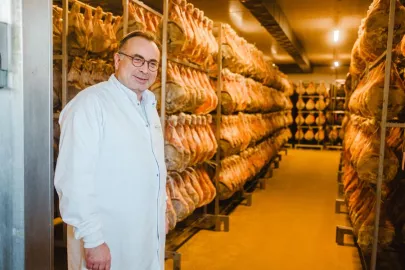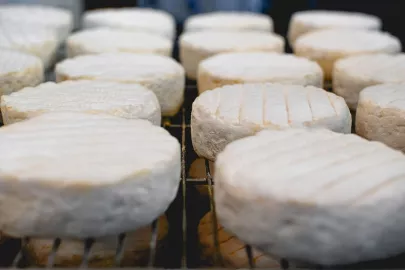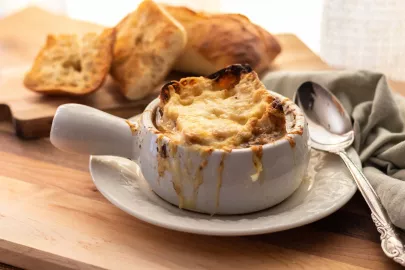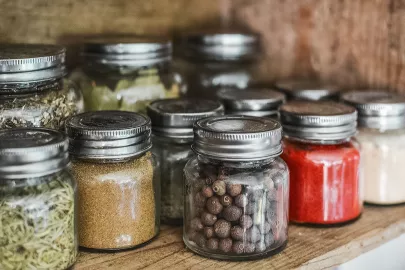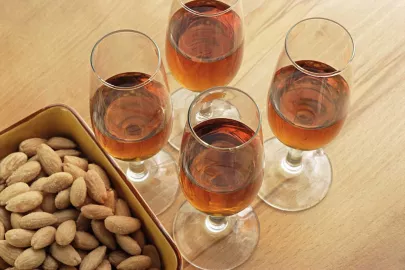Brittany keeps a weather-eye open on its grains. Specifically, a type of grain that goes hand-in-hand with its culinary traditions—buckwheat. After falling out of favour in the 1970s, buckwheat experienced a major comeback in 1987 with the creation of a protected geographical indication that encompassed all of Brittany. Its flavour and nutritional properties have turned the grain into the highly desirable product it is today. Read on for a tour of Brittany’s buckwheat fields and one of the region’s last traditional mills.
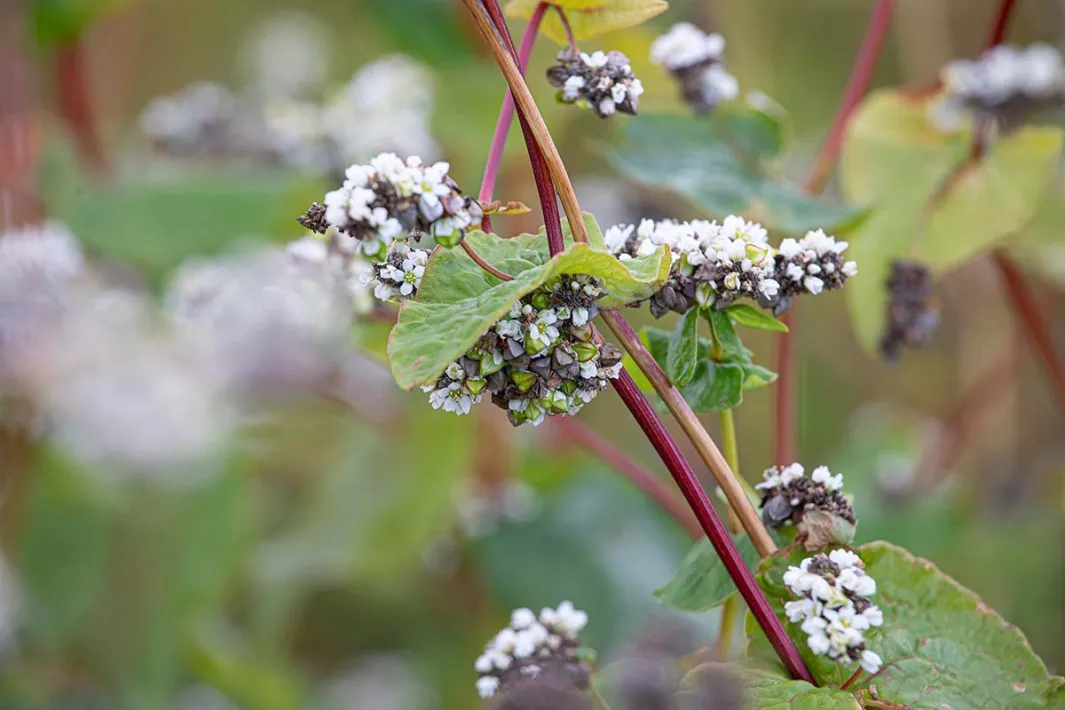
Buckwheat farming is a quintessential part of Brittany’s history. That hasn’t always been true, however. After all, this gluten-free pseudo-grain, which comes from the same family as sorrel and rhubarb, originated in China. It arrived in Europe at the end of the 14th century and slowly started to take over fallow fields, areas with poor-quality soil, and farms owned by peasants, who cultivated buckwheat to avoid the taxes levied on other grains.
An environmentally friendly crop
Now grown throughout the historic territory of Brittany, buckwheat is sown in May without any pesticides or fertilizers, as specified by the requirements for “Brittany Buckwheat®” designation, then harvested in late September. The 17 acres owned by Bertrand Larcher are no exception. Overlooking the Emerald Coast in Ile-et-Vilaine, the farm is covered in white stalks by late August. The land, which is low in nitrogen in accordance with the specifications of the PGI, is farmed using agroforesty methods and includes no fewer than 700 apple trees of 70 different varieties. The heart of the farm is also home to over twenty beehives. Buckwheat is a honey-producing crop. “Switching to traditional farming while protecting the environment has helped us establish a virtuous cycle. Birds and insects are coming back in mass, creating biodiversity”, says the founder of Breizh Café, a wildly successful brand that now boasts thirteen creperies in France and Japan.

© ©Louis-Laurent Grandadam
A highly controlled process
As soon as it is harvested, the buckwheat is sorted and dried to prevent mould and protect the grain’s smell and flavour. Next, certified collectors transport the buckwheat to flour mills. The grain is still too green to be processed, so it is stored there for two months. Once it has matured, the buckwheat is scrubbed and cleaned, then ground, sifted, and ground again. The process is sometimes repeated up to eight times. It is then mixed with flours made from the previous season’s crop. Blending the flours is a key step in creating a homogeneous product with a consistent level of quality. Generally speaking, ever since the 19th century, the grain has been milled with help from large metal cylinders, which offer a high yield. A few mills continue to hold on to the old ways, however, opting to extract the flour using millstones made from actual stone.

© ©Louis-Laurent Grandadam
A history of taste
Moulin de la Fatigue is one of these old-style mills. Nothing has changed behind its thick, lime-washed walls since 1870. Other than the electric motor that now operates the two flint grindstones, the ground grain is still sifted in wooden crates, transported by boar-skin endless screws, and stored in cotton-canvas bags. “Our job is not unlike that of winemakers”, says Arnaud Chenard, who recently took over the company. “Based on the outside temperature and the humidity level of the grain, we’ll take more or less time to extract all of its different parts”. While metal cylinders can produce a tonne of flour in one to three hours, traditional millstones can take up to nine hours and produce a smaller yield. The final product is slightly different. Whole buckwheat flour has a specific grey colour and a bold, mineral flavour. Buckwheat that is grown in Brittany as part of the Protected Geographic Indication proudly advertises its slightly salty flavour, which can even carry a note of hazelnuts when cultivated in wooded areas, according to the two men, who decided to form a partnership. One more argument in favour of Bertrand Larcher, who has never stopped working to ensure the famous Brittany buckwheat “galette” is someday recognised as a part of UNESCO’s culinary world heritage!

© ©Louis-Laurent Grandadam
Contributor

Editor




